Ocean Week in Review – October 22, 2021: Bangladesh Moves to Protect Sharks, Huntington Beach Considers Oil Drilling Ban, Lobster Fishing Ban Blocked, and more…
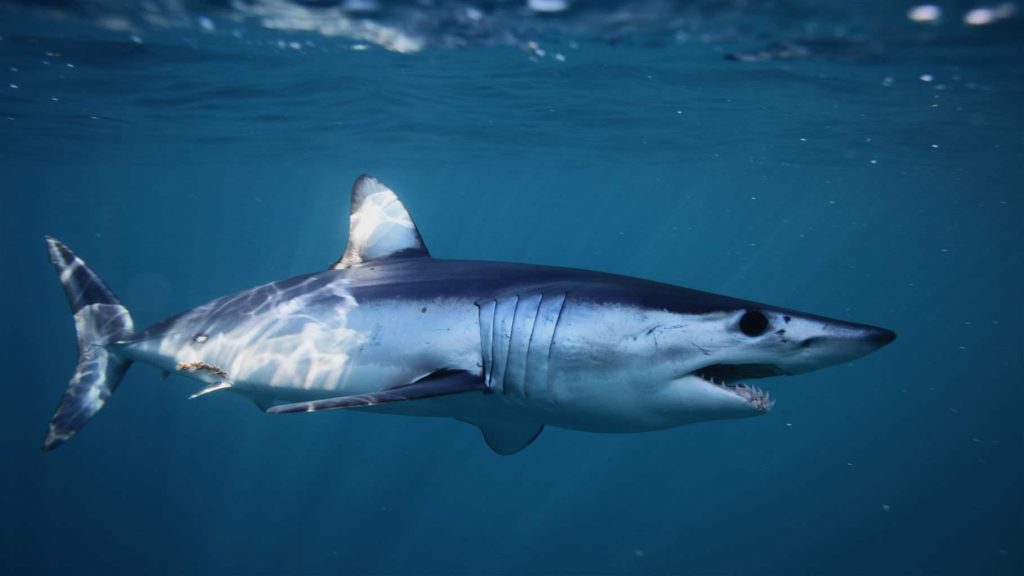
1. Steps to Protect Threatened Sharks and Rays in Bangladesh
Bangladesh offers ideal habitats for sharks and rays and is home to nearly a hundred species. However, up to two thousand tons of dried shark fins are exported from Bangladesh each year, earning over a million US dollars in tax revenue. Now the government is pursuing several avenues to improve protection, including updating the list of species under the 2012 Wildlife Act. New amendments help protect eight genera and 23 shark and ray species, while allowing the sustainable exploitation, consumption, and trade of one genus and 29 species if their catch is non-detrimental to wild populations. The government is also co-sponsoring proposals for improved trade regulations under the Convention on International Trade in Endangered Species of Flora and Fauna (CITES). Also, the government has established two marine protected areas (MPAs) that protect priority habitat for threatened sharks and rays.
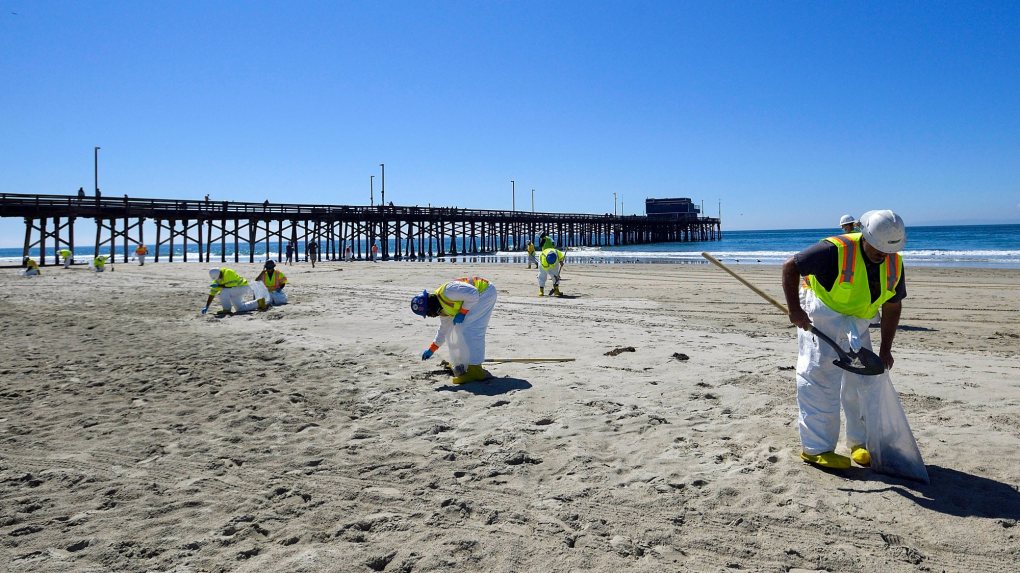
2. Huntington Beach Officially Calls for Offshore Oil Drilling Ban
In response to the massive oil spill earlier this month, the Huntington Beach City Council has passed a resolution supporting a permanent ban on new offshore oil drilling. The resolution calls for a permanent ban on new offshore oil and gas drilling, as well as fracking in state and federal waters. It also calls for “no new federal oil and gas leasing in all U.S. waters.” On Oct. 2, a rupture was reported to a pipeline at the Elly oil-rig platform, about 4.5 miles offshore of Huntington Beach. Federal authorities confirmed that a section of the pipeline was damaged and moved more than 100 feet along the ocean floor, an indication that a ship’s anchor may have caused the spill. Authorities estimate that 25,000 gallons of oil may have leaked from the damaged pipeline, although there is no firm number.
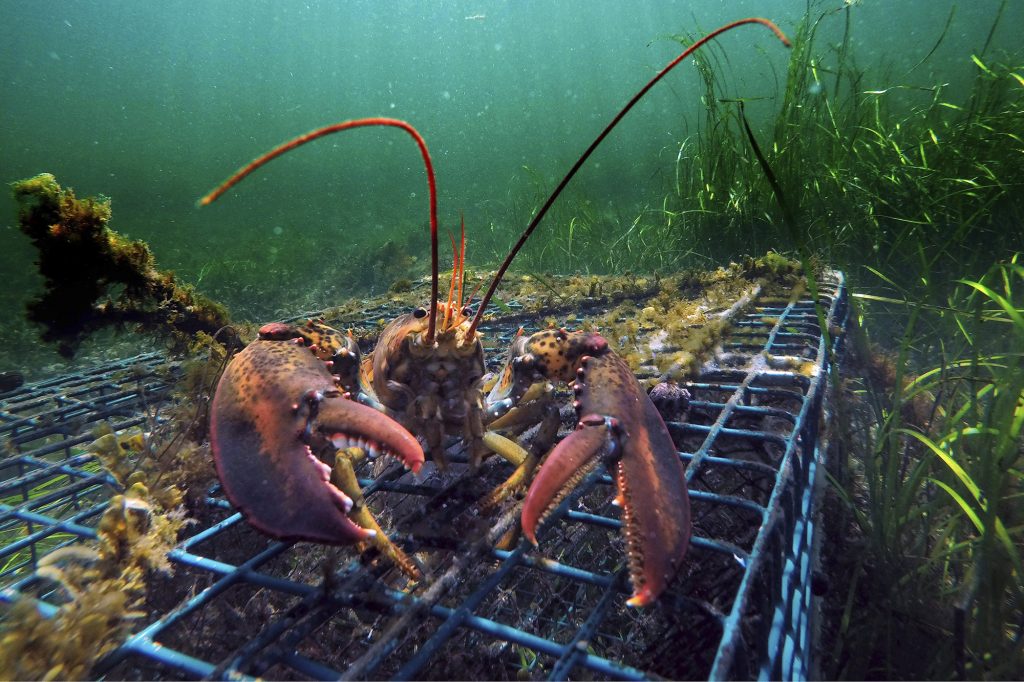
3. Federal Judge Blocks Lobster Fishing Ban
A federal judge has blocked a seasonal ban on traditional lobster fishing in a stretch of waters in the Gulf of Maine that regulators say is needed to save the endangered North Atlantic right whale from extinction. Judge Lance Walker said regulators had relied on statistical modeling instead of hard evidence to show the restricted area was a hot spot for the whale. Walker wrote that the uncertain benefits of closing the area did not outweigh the certain harm of shutting down rich fishing grounds. The government’s attorneys, Taylor Mayhall and Alison Finnegan, told Walker that the fisheries service used the best available science. The predictive modeling was based on hard data, including acoustic data and visual sightings from the past. The species will not survive if even a single whale dies from entanglement a year, they said.
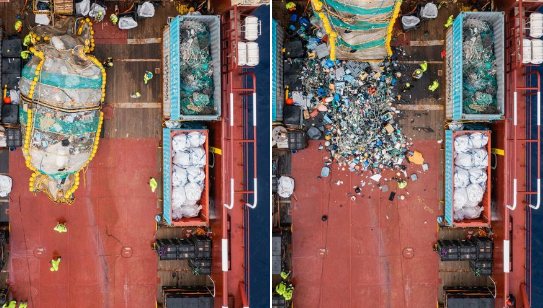
4. 20,000 Pounds of Trash Removed From One of the Biggest Ocean Plastic Accumulations in World
For years, researchers said it was impossible to remove the Great Pacific Garbage Patch, but The Ocean Cleanup has developed a system to do just that. They conducted a series of tests using the large-scale cleanup system, or Jenny, over the course of 12 weeks, taking it offshore to safely gather plastic. The final test gathered 9,000 kilograms of debris. Jenny works by two boats slowly guiding a U-shaped barrier through the polluted area. Circulating currents move the plastic around, helping guide that plastic into the system’s retention zone. Once the system is full, workers empty the plastic on the marine vessel. After they gather as much debris as they can during the excursion, workers take the plastic to shore to recycle, and The Ocean Cleanup reuses some of the materials gathered to make products. The system even gathers microplastics.

5. Hotspot of Ocean Biodiversity Found off Canadian Coast
Researchers have discovered what they’re calling an underwater hotspot of biodiversity off the coast of Makkovik in Canada, but say without the local knowledge of a fisherman, they may have never known what lies beneath the surface of an unexplored part of the Labrador Sea. Joey Angnatok, a fish harvester from Nain, was fishing for turbot when he discovered a mound festooned with coral and sponges. Researchers working with the Nunatsiavut government to study areas off Labrador’s north coast found the mound in July with the help of Angnatok’s coordinates and a remote operated vehicle. The fact that this hot spot was discovered so close to Makkovik underlines how little researchers know about the Labrador Sea. There may be other significant regions of biodiversity nearby, and this discovery could be just one of many the researchers hope will come in the future.
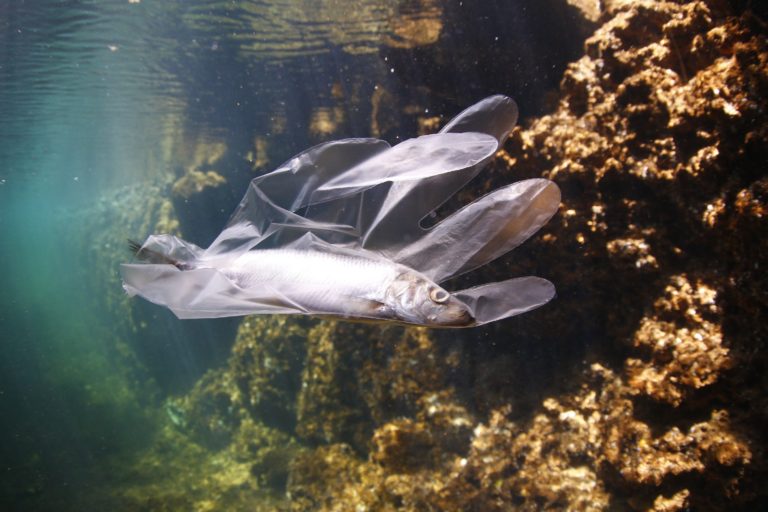
6. Research Shows Plastic Travels from Humans to Animals, and Back Again
When bird species migrate across the globe, their chances of encountering and interacting with plastic increase. As migrations are undertaken across continents, the effects of plastic pollution are far-reaching. Migratory species also play an unwitting role in transporting plastic across trophic levels and ecosystems – cause for global concern and action. These concerns were highlighted in a recent report by the Convention on Migratory Species (CMS) and the United Nations Environment Programme (UNEP). Plastic poses a threat not only through suffocation, entanglement, or ingestion causing intestinal blockages, but also through toxic bioaccumulation from eating plastic-ingesting earthworms or fish. Then migratory species carry plastic within their systems back to their native habitats, which adversely affects the local flora and fauna. All this migration of plastic has one final destination: humans. Research is constantly unravelling the consequences of plastic pollution, more so microplastics, on human health.
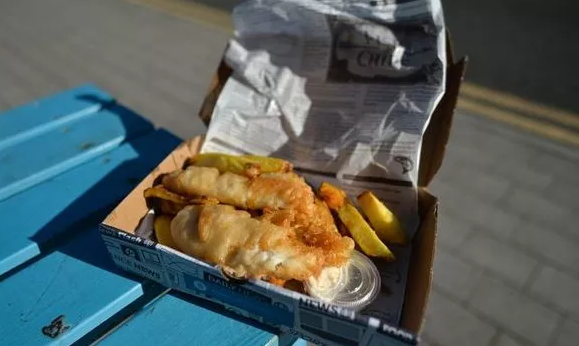
7. Fish and Chips Could Be off Menu as UK Cod on Brink of Extinction
The Marine Conservation Society (MCS) warned that rising sea temperatures due to global warming are causing species of cod to dramatically reduce. Charlotte Coombes from MCS said that cod populations in UK waters are “among the lowest they have ever been on record. “When populations get this small, they can’t actually find each other to breed, and once they get to that point they are at risk of crashing and potentially disappearing entirely if they can’t find a way to increase population sizes again.” The MCS has already made a list of “fish to avoid” on its Good Fish Guide. North Sea and Celtic Sea cod are both on the red list with the UK’s only other cod stock, in the Irish Sea, also being in a poor condition and placed on the amber list.
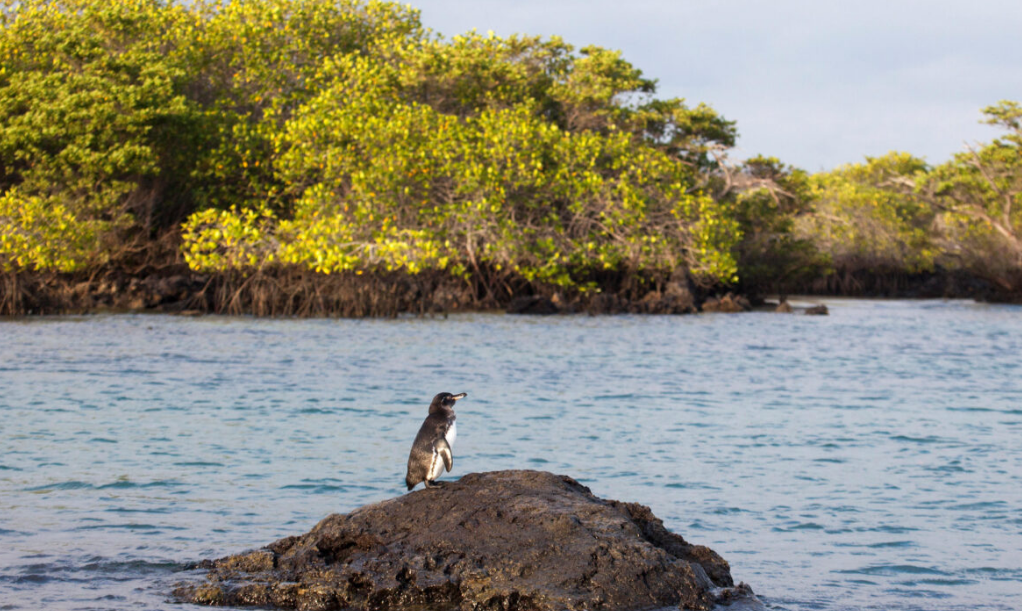
8. Will Oceans Have a Greater Role at COP26?
The United Kingdom, host of the upcoming COP26, hopes the conference will see countries put forward more ambitious emission reduction targets for 2030, and commit to reaching net zero by 2050. COP25, held in Madrid in 2019, was promoted as the “Blue COP” because it aimed to bridge ocean issues and United Nations climate change negotiations. As yet it isn’t clear how much weight ocean issues will carry within the COP26 agenda. They will likely figure in formal discussions and side events. Countries will also introduce updated climate pledges at COP, which are expected to include specific ocean targets. Anna-Marie Laura of Ocean Conservancy wants to see an ocean–climate dialogue happening at COP26. Ghislaine Llewellyn of WWF International said a successful COP26 would embed and integrate oceans into climate solutions, and secure investments and commitments at the scale needed to address the climate crisis.
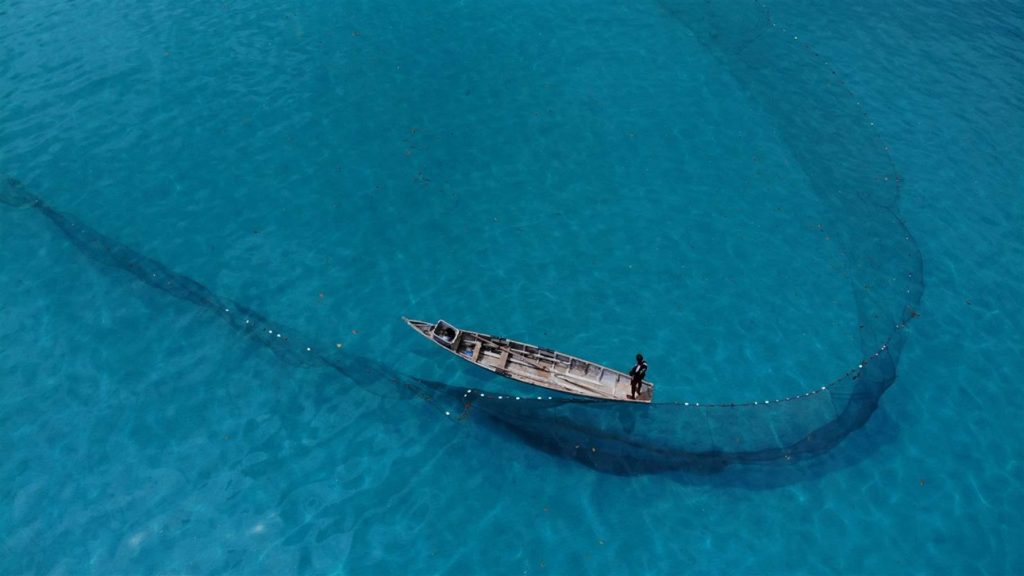
9. Ocean Protection 2030 Targets Backed by Increasing Numbers of World Leaders
Over the past year, global momentum has grown in support of a science-based 30 by 30 target: that is, protecting and conserving 30% of the world’s land and oceans by 2030. More than 100 countries now publicly support the marine goal—most notably through the Global Ocean Alliance and the High Ambition Coalition for Nature and People. In addition, 92 world leaders have announced support for achieving an ambitious set of global targets for reversing biodiversity loss by 2030 as part of the Leaders’ Pledge for Nature. According to the Marine Protection Atlas, about 7.7% of the global ocean is currently protected, the vast majority of which is within marine protected areas (MPAs). Only 2.7% of these areas are fully protected, while others permit various activities, including fishing by Indigenous peoples and sustainable commercial extraction. Well-managed implementation of MPAs can increase ocean resilience.

10. Activists Call for Better Protection of Ireland’s Marine Life
Protesters dragged a fish trawler through Dublin city centre calling for better protection for Ireland’s oceans and marine life. Organisers said the demonstration represented a funeral procession for dead sea life with protesters dressed in black and carrying white crosses and marine bones. Manuel Salazar, a member of Extinction Rebellion, said the protest was to call on the Government to end the fishing practice of bottom trawling, which involves towing a fishing net along the seafloor. “We are also asking the Government to increase the number of marine protected areas to at least 30% by the year 2030. Right now it only covers between 1 and 2%. The EU Commission is actually accusing Ireland of not doing enough in terms of illegal fishing and also to increase MPAs [marine protected areas].”

11. South China Sea – Questionable Compliance from China
Five years after the Philippines v China ruling, China’s compliance with the arbitral award varies greatly. It acknowledges the exclusive sovereign right and jurisdiction of a counterpart claimant state within the nine-dash line. It has ceased claiming additional land in the South China Sea. China also hasn’t occupied any new features nor built any new structures on the Scarborough Shoal. Beijing has worked to restore Filipino artisanal fishers’ access to traditional fishing grounds. Yet Beijing shows no sign of vacating its occupation and build-up on Mischief Reef, a low-tide elevation on the Philippines’ continental shelf. Beijing continues to assert its sovereignty over the sea and airspace surrounding the reef. Beijing also continues to obfuscate the existence and purpose of its fishing militia — even when the militia might be engaged in UNCLOS-compliant activities. This calls into question the intent and reliability of China’s public communications.
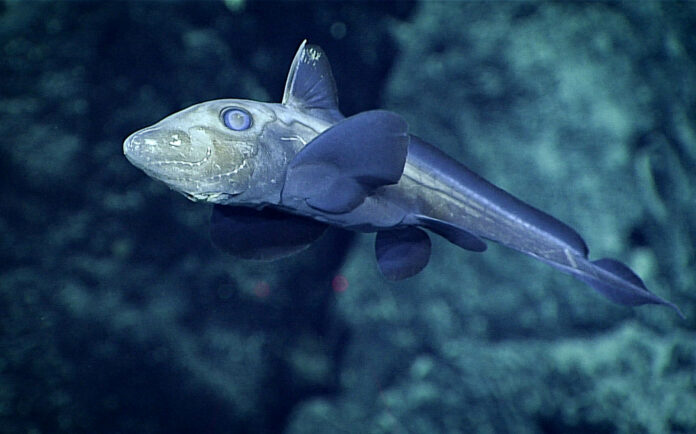
12. Searching for South Africa’s ‘Lost Sharks’ to Save Them from Extinction
South Africa boasts one of the top five richest populations of sharks, rays and chimeras in the world, but most sharks and their relatives have largely been “lost” in the hypermedia age, where a few large charismatic sharks overshadow the majority of shark species. Many may be vanishing before our eyes, David Ebert, director of the Pacific Shark Research Centre, says. “These lost sharks tell you more about what is happening in the marine environment than these mega-sharks.” Ebert has developed the first dedicated checklist of all the sharks, rays, skates and ghost sharks that occur in South African waters and current Red List status. It shows that 45% of all shark species and 33% of all ray species in local waters are at risk of extinction. Ebert’s life’s work is to find lost sharks and bring attention to them before they disappear.
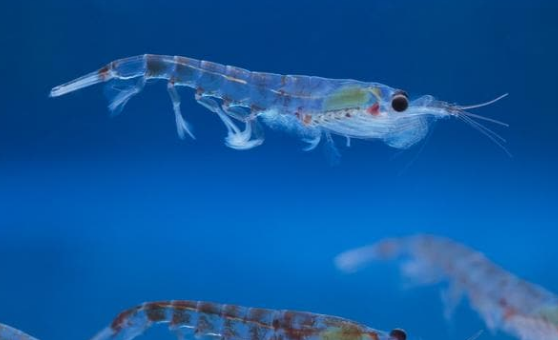
13. Chinese Krill-Seeking Raises Concern Amid Fears Antarctic Conservation Measure Could Lapse
China is dramatically expanding krill fishing in Antarctica with three new super-trawlers, amid fears the global regulator may relax protections for the tiny crustacean, which underpins life in the Southern Ocean. The super-trawlers use a continuous pumping system to “vacuum” krill. Norway and Russia are also investing in the vessels. “Having so many vessels capable of taking krill out in such huge numbers makes us worried about the future of that entire area,” said Andrea Kavanagh, of the Pew Charitable Trust. “And (that concern) is not just for the penguins but also for the seals and whales that are really coming back strongly in the Antarctic. We really don’t want to see a hugely concentrated krill fishery impacting that.” The allowable krill catch is set by the 26-nation Commission for the Conservation of Antarctic Marine Living Resources, which soon begins a three-week summit.
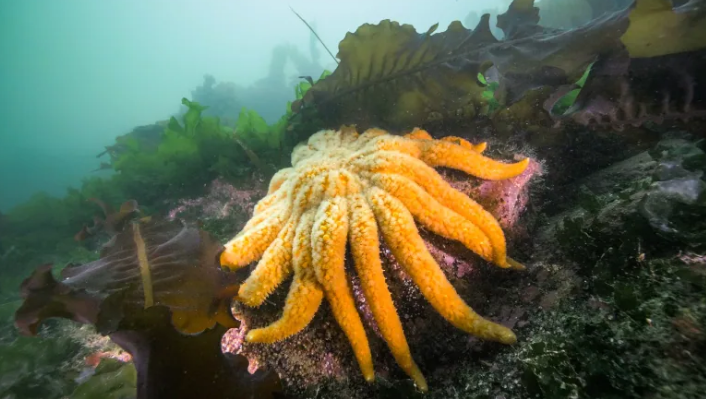
14. Canadian Ocean Researchers Push to Help Understand, Restore Nearly Extinct Sunflower Sea Stars
Conservation organization Ocean Wise is pushing for continued study and more resources to help restore a species of sea stars following a mass die off and cascading consequences for other marine life. The decimation of sunflower sea stars, which began in 2013, has resulted in barren underwater landscapes as the disappearance of the marine animals has thrown ecosystems out of whack. Without the sea stars, green sea urchins multiplied and ate through entire forests of sea kelp, wiping out the plant in some areas. Ocean Wise wants to better understand how to restore sunflower sea star populations through captive breeding and replant sea kelp in places where it’s been wiped out as part of an ecosystem domino effect caused by the die off. Other researchers say successful restoration efforts depend on understanding what caused the disease to begin with, possibly warmer ocean temperatures.

15. White House Support for Continuous Port Operations Angers Advocates
White House support for keeping the Port of Los Angeles open 24/7 to boost the country’s supply chain has infuriated public health advocates and left many questioning its promises on environmental justice. The port, the country’s largest, is also the biggest source of air pollution in Southern California when emissions from all of its activities — ships, trains, trucks and other vehicles — are taken into account. Along with its neighbor, the Port of Long Beach, the area has been an environmental justice battleground for decades. Physicians dubbed it a “diesel death zone,” and front-line neighborhoods are largely communities of color who say the health impacts of the poor air quality have been severe. Regulators say that 24/7 operations will boost emissions of nitrogen oxide, a component of ozone, and diesel particulate matter, a pollutant associated with many respiratory and other health problems.
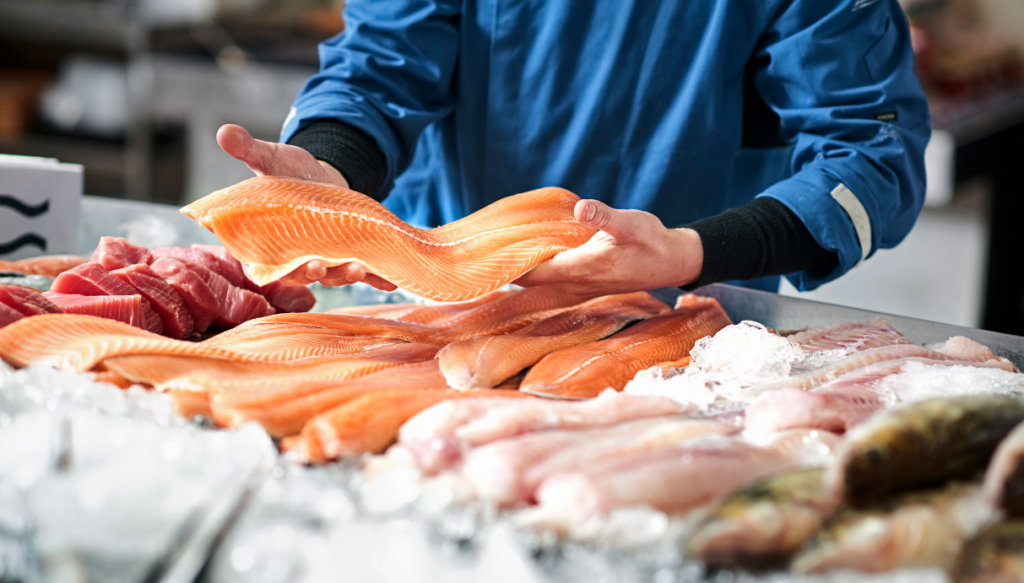
16. Chefs Ask Congress to End Illegal Fishing, Fraud, and Human Rights Abuses
More than 200 chefs and restaurant owners have sent a letter to Congress calling for immediate action to address illegal fishing, seafood fraud, and human rights abuses in the seafood industry. The chefs are demanding increased traceability of seafood imports and transparency at sea to ensure that all seafood served in the United States is safe, legally caught, responsibly sourced, and honestly labeled. The letter includes 45 chefs from the Monterey Bay Aquarium Seafood Watch Blue Ribbon Task Force on sustainable seafood. In May 2021, two members of the House of Representatives introduced the Illegal Fishing and Forced Labor Prevention Act, a comprehensive bill to end illegal, unreported, and unregulated (IUU) fishing, seafood fraud, and human rights abuses in the seafood industry while strengthening U.S. leadership on issues that threaten our oceans, consumers, and human rights.
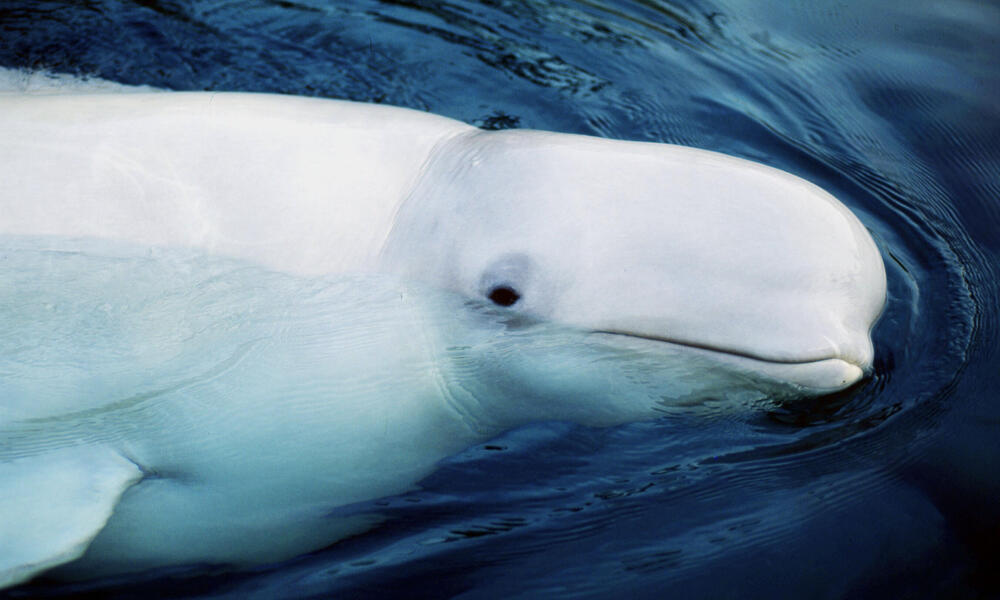
17. Beluga Whales Ingest Up to 145,000 Microplastics Particles a Year
A new study finds beluga whales ingest upwards of 145,000 particles of microplastics every year, some through their prey. Researchers examined five species of arctic fish eaten by the whales, revealing 21% had microplastic particles in their gastrointestinal tracts. Microplastics are found in textiles and clothing, and make up 78% of all particles found in fish stomachs. They can be toxic and contain many chemicals that are harmful to wildlife. The study is billed as the first to document microplastics in the stomachs of fish from the Eastern Beaufort Sea, north of the Northwest Territories, Yukon and Alaska. “These are animals that were in very remote northern areas and it wasn’t just one kind of plastic that we found,” said lead author Rhiannon Moore. “The results of these studies just further point to the reality that microplastics don’t stay in one place.”

18. Drones Can Battle Pollution and Combat Illegal Fishing
New research has found drones could play an important role in supporting the development of sustainable practices along the Irish coast and help to aid the monitoring of pollution, erosion, and new viruses. These are just some of the ways drones can be used to protect coastlines, a new study from University College Cork (UCC) has found. To make the topic more accessible to coastal managers, Samuel Hayes of UCC said they provided a simple overview of the technology, categorised their applications with a focus on sustainable development, and provided criteria to show how easily and affordably the equipment can be adopted. The team found drones have a number of uses including monitoring illegal fishing activity and monitoring plastic pollution to support beach clean-ups. They also found drones could support organisations in achieving 10 of the 17 United Nations Sustainable Development Goals.

19. Plankton Are Migrating Due to Climate Change, May Be Wreaking Havoc on Fish
Ocean warming is causing plankton to move towards the poles as the oceans warm up, potentially affecting fish stocks. Plankton also play an important role in removing carbon dioxide from the atmosphere, which could be threatened as warming drives them towards the poles. Phytoplankton use photosynthesis to fix carbon from carbon dioxide, making them a key driver of the oceanic carbon cycle. They also feed zooplankton, which nourish blue whales. Lead author Fabio Benedetti said: “In some areas of the ocean, we will see a rise in species numbers… But this boost in diversity could actually pose a serious threat to the existence and functioning of well-established marine ecosystems at higher latitudes.” The number of zooplankton species could increase in subpolar seas by 2081-2100 but could also decrease in tropical oceans, affecting the ecosystem services that plankton provide – and negatively impact fish yields.
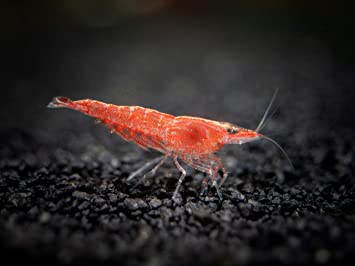
20. Shrimps, Sharks, Whales and Other Fish Proliferate in Crypto
The crypto industry has always been connected to fish-themed concepts, partly thanks to conventional trading, where market participants are graded based on their knowledge, experience and success. The crypto boom gave birth to a whole ranking chart of Bitcoin holders and those holding other cryptocurrencies in Bitcoin equivalent, ranging from shrimp, with less than 1 Bitcoin to humpback, with more than 5,000 Bitcoin. Now different projects in the crypto realm are inspired by the ocean, with varying degrees of involvement with the sea. For example, Baby Shark Token is designed to help clean the ocean by using decentralized fundraising. BabyShark aims to be the first charity token with zero selling pressure from donations. Whale Alert is a blockchain tracker and analytics system reporting large and interesting transactions as they happen. The popularity of the ocean theme in crypto is likely here to stay.
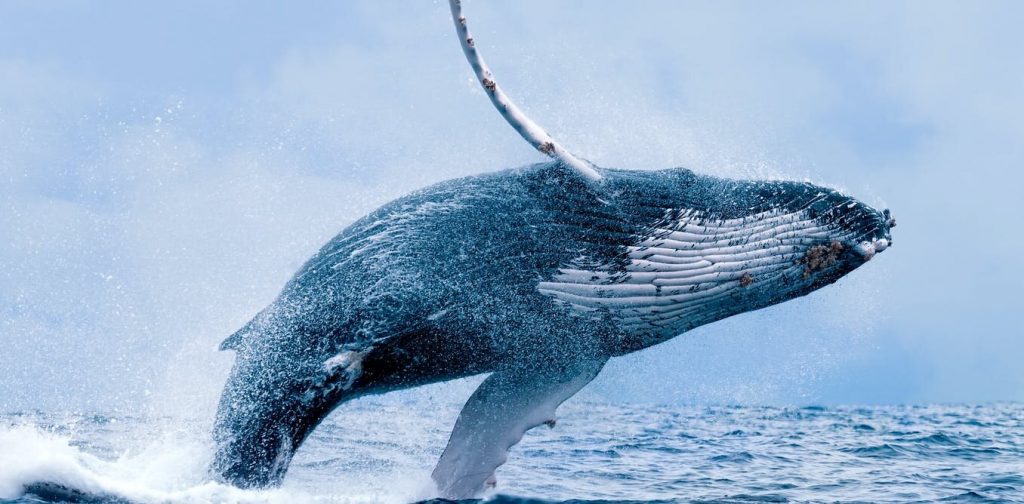
21. The Escazú Agreement Shows Countries How to Work Across Borders, Save Species
Most conservation efforts are designed and implemented by individual nations. Not only are these traditional approaches too geographically limited, they don’t address problems that cross borders and drive ecosystem decline. International collaboration and environmental management across national borders is essential. The Escazú Agreement, launched in Escazú, Costa Rica, offers strategies to rise to the challenge by outlining an approach to protect environmental defenders, increasing public participation in environmental decision-making, and fostering cooperation among countries for conservation and human rights. Ocean borders are messy. Some 90% of marine species compared to 53% of terrestrial species have habitat and migration ranges that cross national borders. Marine species essentially share one ocean, making transboundary management extra challenging. Many countries must cooperate to protect species ranges across vast tracts of ocean. The Agreement has so far been ratified by 12 signatory countries; 11 additional signatory countries have signed it but not yet ratified.
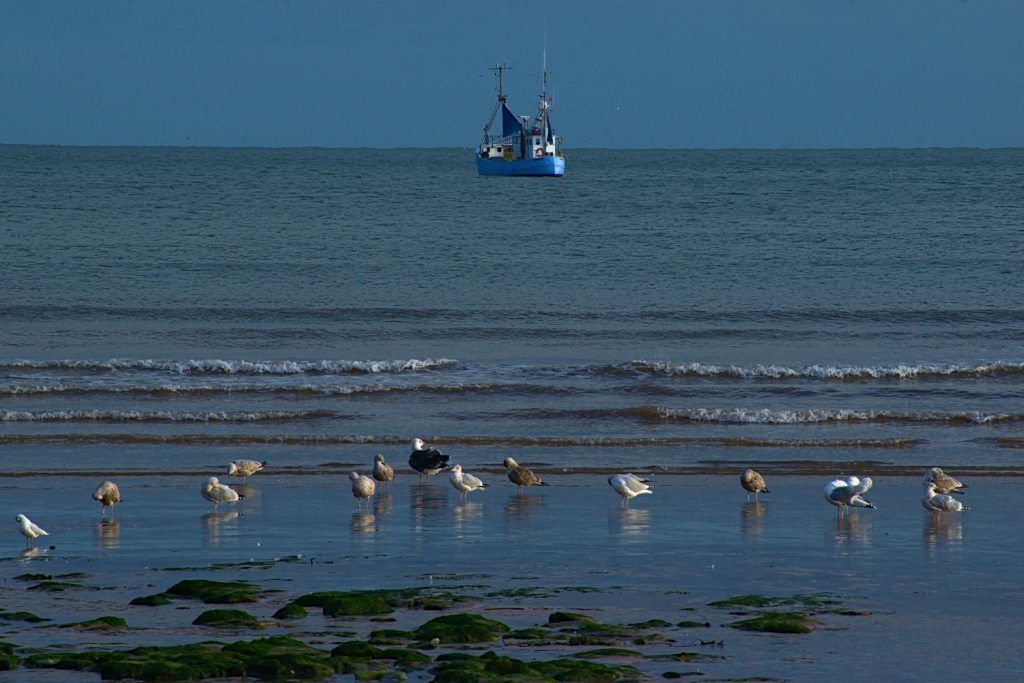
22. United Kingdom Announces Pilot of Highly Protected Marine Areas
The United Kingdom Department for Environment, Food and Rural Affairs (DEFRA) recently announced a plan to introduce five Highly Protected Marine Areas (HPMAs) to aid marine ecosystem recovery. HPMAs are defined areas of the sea protected from industrial fishing practices, which can be destructive to underwater ecosystems. The HPMAs will complement the already existing Marine Protected Areas (MPAs), which cover 40% of UK waters. MPAs should aid ecosystem recovery while also allowing sustainable fishing practices to continue, but surveys have found that bottom trawling and dredging still occur in 97% of UK MPAs. A 2021 survey conducted by DEFRA and the Ocean Conservation Trust finds that 57% of people in England and Wales rated ocean health as poor or very poor, with the greatest threats to the marine environment being plastic pollution, chemical pollution, and overfishing.




